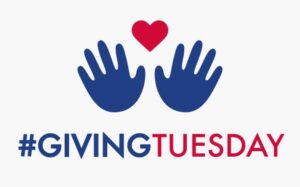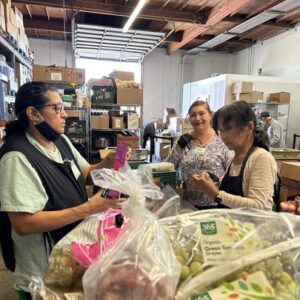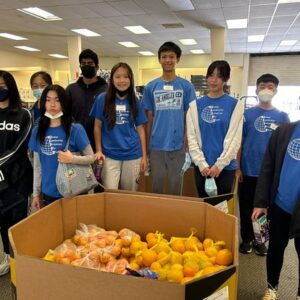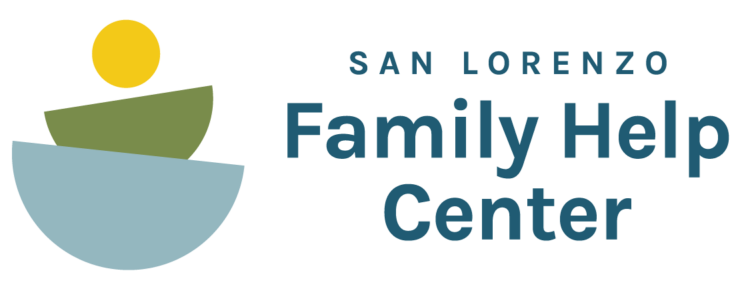'Tis the Season for Giving Tuesday!

The Holiday Season is upon us! We are working hard to ensure our community members (clients and volunteers) have food on their tables this season.
Consider giving this season and spread joy and warmth on or around Giving Tuesday (Dec 3rd). Your financial donations support our mission and efforts to defeat hunger in Alameda County. Click here to learn more about what Giving Tuesday is all about.
The San Lorenzo Help Center - 40 Years and Counting
The San Lorenzo Family Help Center was founded in the late 1970’s as the San Lorenzo Ecumenical Food Pantry, serving approximately 10-20 families per week. Fast forward a few decades and we are now operating from our location in the Corsair Business Center in Hayward. We serve clients by appointment and at mobile pantry sites, and in October 2024 helped meet the nutritional needs of more than 850 households.
Our Mission Statement is:
“To support families in the wider San Lorenzo area by coordinating and distributing nutritious emergency food and targeted resources in partnership with volunteers, organizations, and our community.”
Our Volunteers are Our Heros




Without our dedicated volunteers, the San Lorenzo Family Help Center would not be able to operate the pantry for the benefit of our community. As you can see, our volunteers are dedicated to serving our community, have having fun at the same time!
What is Giving Tuesday?
Launched in 2012, Giving Tuesday is a global generosity movement, creating a day that encourages people to do good. You can find more information at their website: https://www.givingtuesday.org/. This year, Giving Tuesday will be held on December 3.









